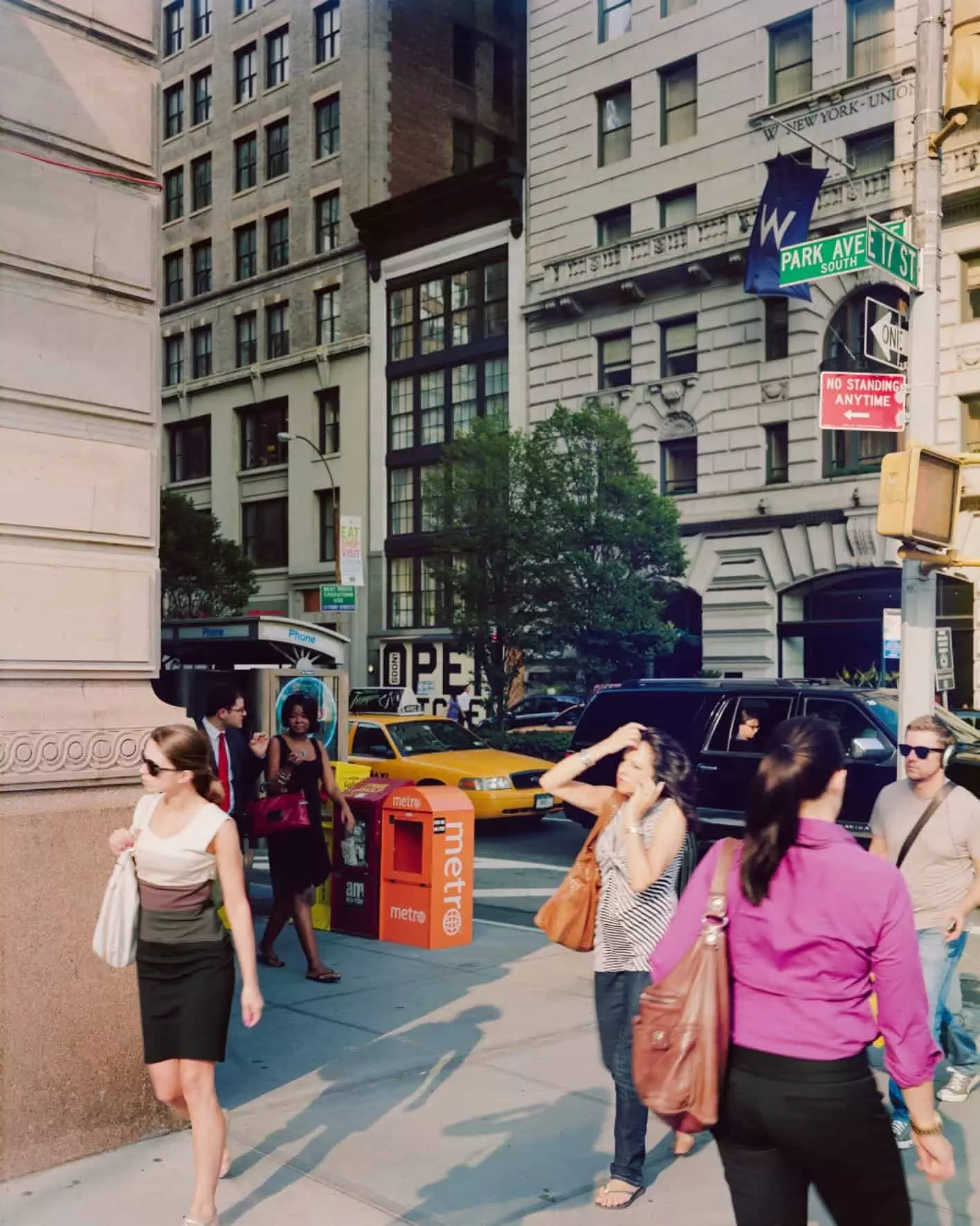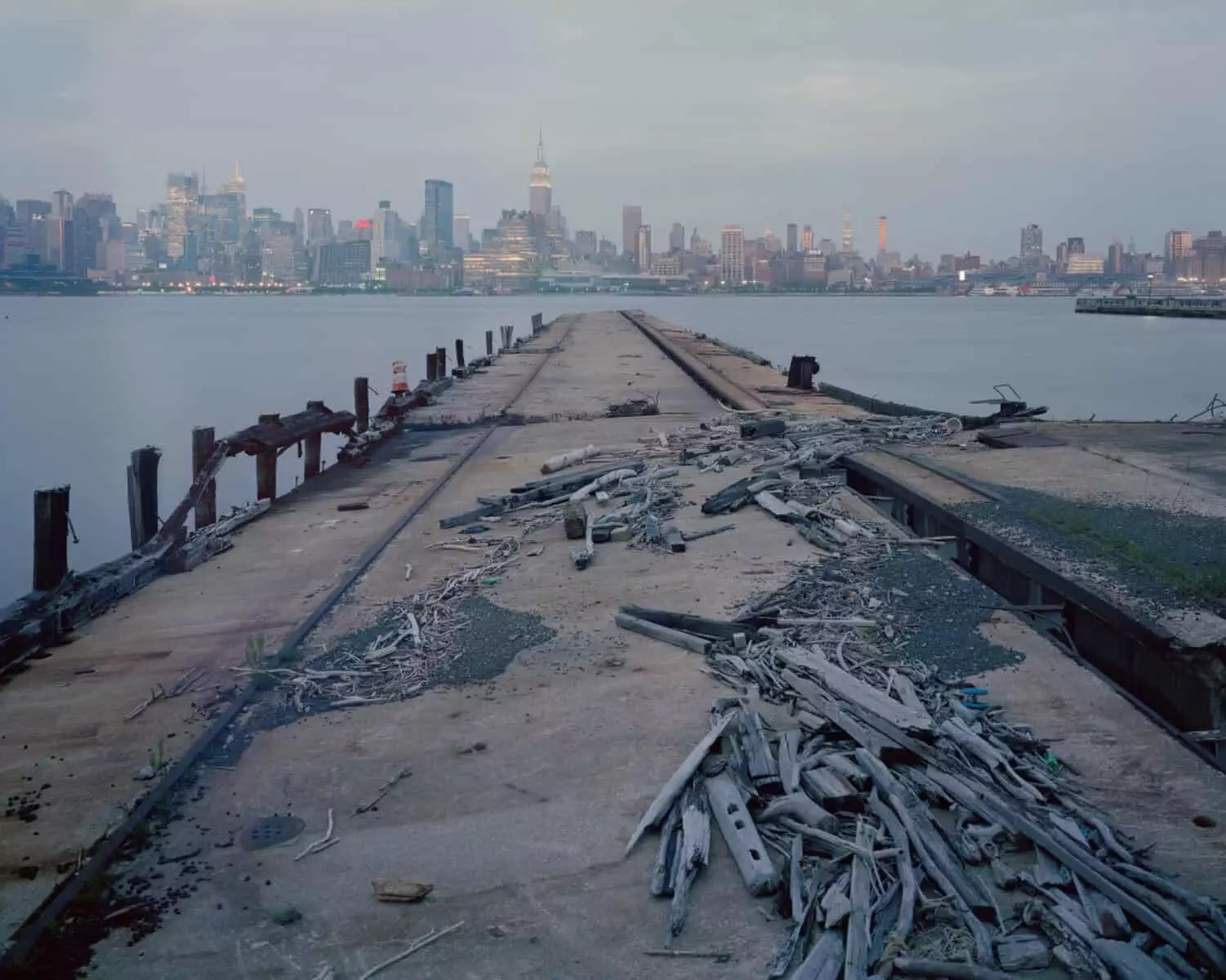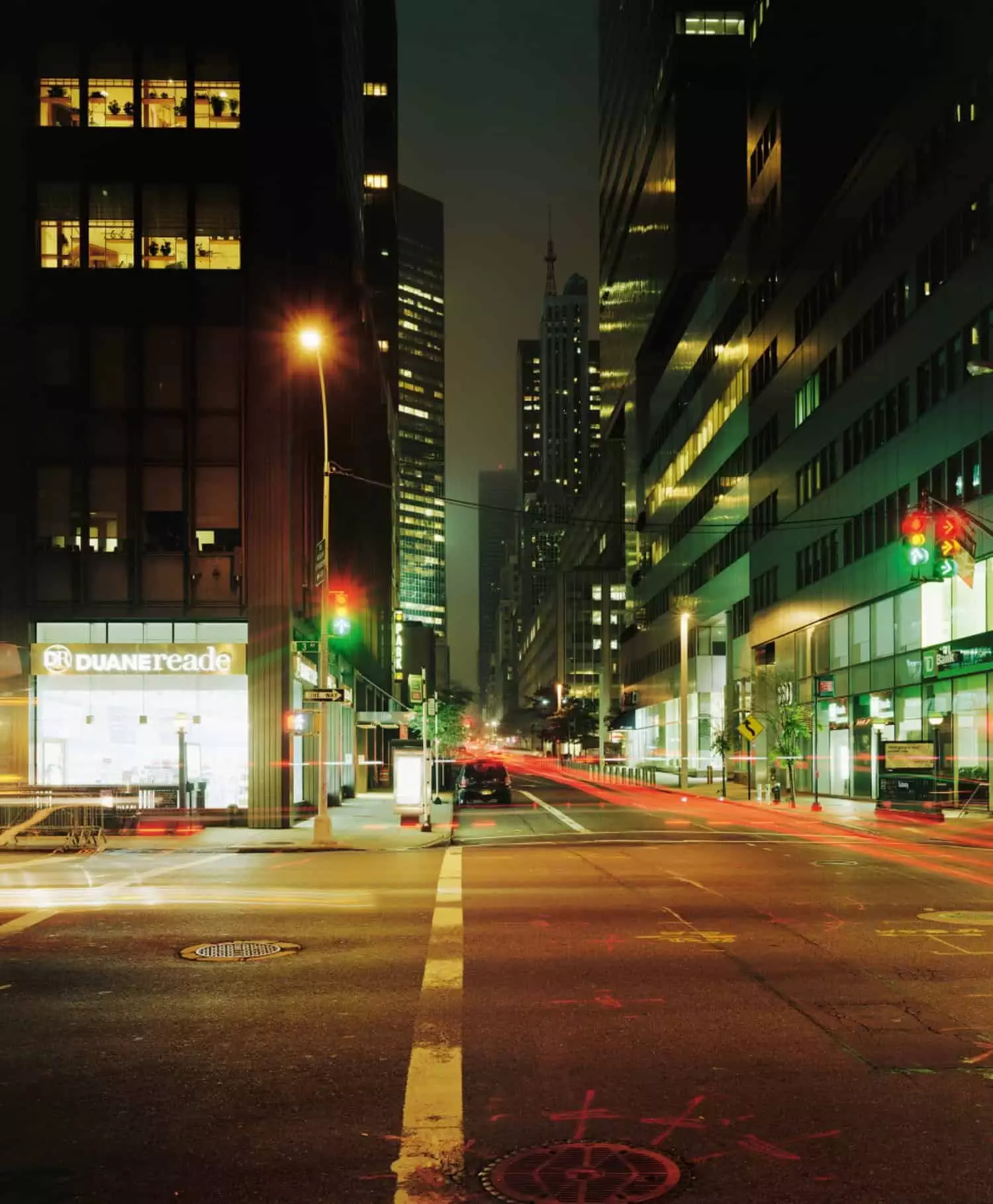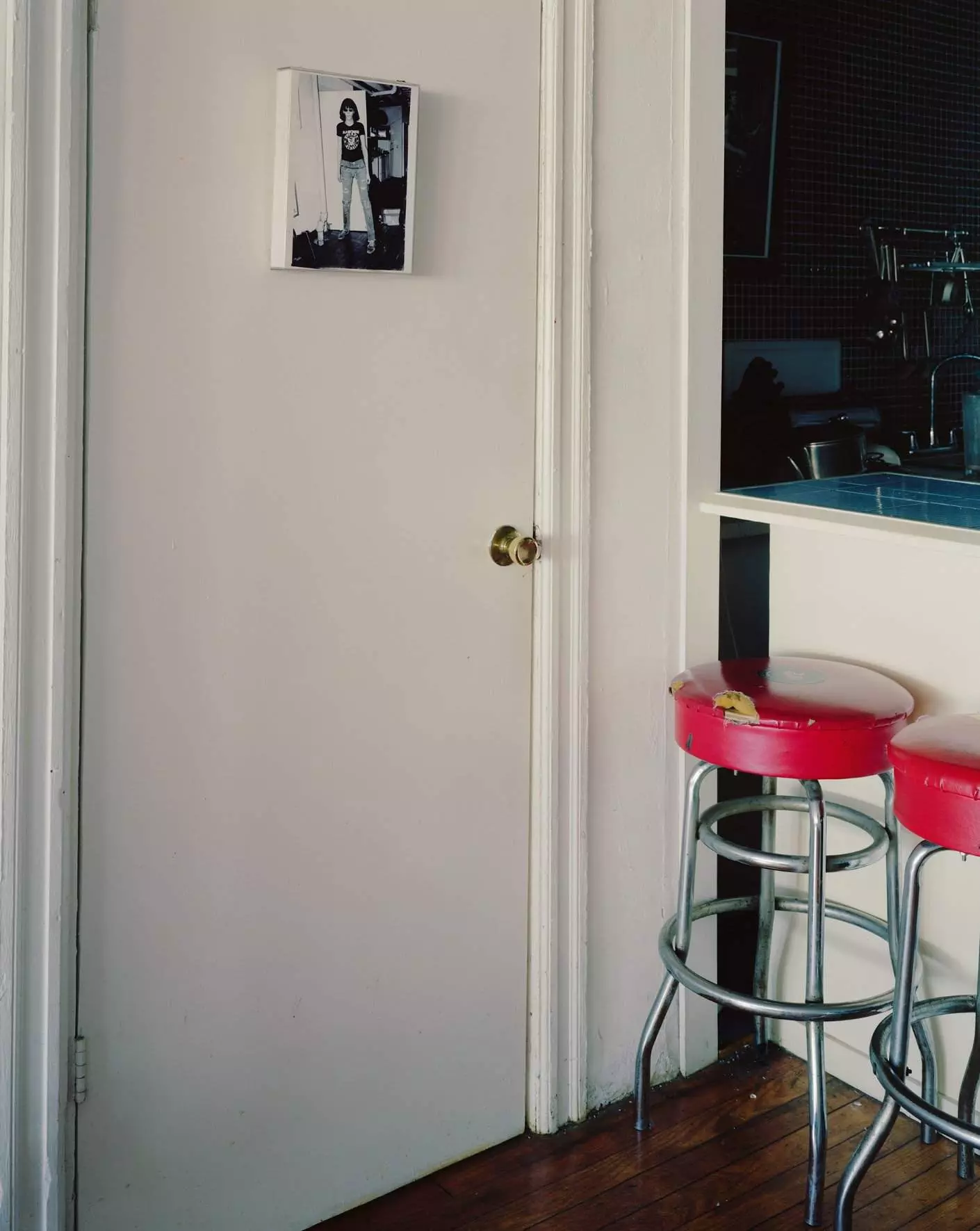
A new book of street photography sifts for traces of the downtown music scene amongst the loft spaces, organic bakeries and hipster hangouts of New York. Words: NEIL MUDD | Photos: CIRO FRANK SCHIAPPA
In 2009, Bob Dylan was briefly detained by a New Jersey police officer alerted to the ‘eccentric behaviour’ of a dishevelled looking man in the backyard of a local homeowner. It seems that Dylan had been scouring suburban Long Branch for the house in which Bruce Springsteen had written Born To Run.
To be fair, the star has previous form. In the sixties he tracked down Woody Guthrie to a New Jersey sanatorium; more recently he turned up on a National Trust guided tour of the childhood Liverpool homes of Lennon and McCartney. It seems even he is not immune to the potent allure of an artistic Creation Myth, the notion that genius is conferred to the very molecules of a specific time and place. These unassuming shopfronts and residences are our shrines, their fixtures and fittings the modern day remnants of the True Cross.
Dylan surfaces several times in New York Serenade, a street photography essay collection by photographer Ciro Frank Schiappa and Rolling Stone journalist Michele Primi. The two young Italians have sifted the trace elements of New York’s downtown music scene to map its contours and confluences from the sixties on up. The Boss figures too, his filmic tale of teenage runaways on Manhattan and Broadway gifts the book its title.

Equipped with a vintage Deardorff box camera and a whole bunch of records, Schiappa and Primi conceive their narrative as a series of connections and correspondences, a loose reckoning of pop cultural fossil evidence. Here amongst the forty-eight annotated large format plate photographs is the Apollo where a young James Brown sired funk; there at 315 The Bowery is where CBGBs stood, refuge for its band of punk outsiders and now a flagship store for John Varvatos; across the Hudson in Hoboken, a post-apocalyptic grey waterfront contains the funerary objects of Frank Sinatra and Yo La Tengo.
There are some curious gaps and omissions of course – no Zulu Nation, no Moondog, no Bird or Miles – but the images themselves are meticulously constructed, framed and shot with a cool detachment. For the large part devoid of any human presence, Schiappa’s urban architectural photographs are served well by his old-fashioned analogue technology. Primi explains it was a means by which the two could ‘relive the passion and the madness, the innocence and the degradation … the creative frenzy of the artists.’

It is perhaps a bold claim given so few of the book’s locations have fully retained their power to fascinate. The crime scenes have been wiped clean by urban development, gentrification and soaring property prices which have spread and metastasised in recent times. The detraction is unavoidable: Schiappa’s exquisite night-time shoot of a deserted 53rd and Third, for instance – an area thick with self-loathing and squalid imaginings thanks to The Ramones song it inspired – might be any metal and sheet-glass citadel in any downtown business district across the globe.

Where the book manages to bottle lightning, it is when the past persists like a stain. The bathroom door in Arturo Vega’s loft on East 2nd and Bowery where Joey Ramone posed to have his first ever passport photograph taken, for example, or the rotted wooden sash window frames of the Chelsea Hotel, in which Leonard Cohen had sex with Janis Joplin, then wrote a song about it. The short biographical vignettes, written by Primi to accompany each plate, have the pithy reportage of song introductions.
The authors are attempting something different with New York Serenade and should be applauded. They could so easily have juxtaposed each image and story with archive photos, thus doing the audience’s heavy lifting for them. By eschewing such an easy ploy, Schiappa and Primi’s work bears visual eyewitness to something probably long suspected: the past is being scrubbed clean, tidied of its uncomfortable truths.
New York Serenade’s handsome, intelligent assemblage of words and pictures may well be stymied by those developers and brand marketers whose co-opting of the past is simply to airbrush it to within an inch of its life. However, as a map for music obsessives and urban geographers, it beholds us ‘to walk tall, or don’t walk at all.’
NEW YORK SERENADE by Ciro Frank Schiappa and Michele Primi (Skira Editions, 2017) For details click here. To order a copy from Waterstones Online click here.